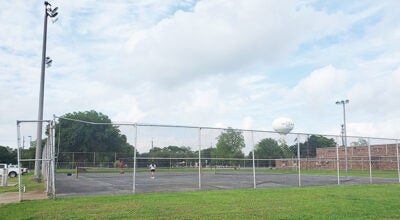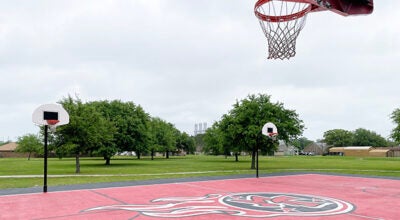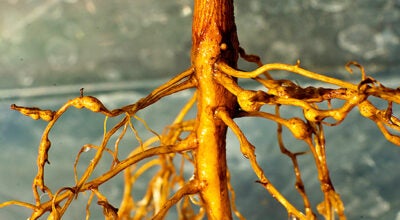MOORE OUTDOORS: Animals wary of cameras
Published 11:57 pm Saturday, July 29, 2017
Many people wonder how animals like cougars can live in and around Southeast Texas without being seen by more than a handful of people and virtually never showing up on automatic game cameras.
Well, they do show up occasionally and we have published those photos, but for the most part they elude us. I have never gotten a cougar on my game cameras and I have probably captured at least 50 different bobcats right here in Southeast Texas.
I came across an interesting study about wildlife and game cameras.
A study called “Wariness of coyotes to camera traps relative to social status and territory boundaries” by Eveline S. Sequin, Michael M. Jaeger, Peter F. Broussard, and Reginald H. Barret give proof that animals can purposely avoid these devices.
The primary objective of this study was to develop a better understanding of coyote (Canis latrans) wariness particularly as it related to social status. We determined that territory status (controlling alpha, resident beta, or nonterritorial transient) affected vulnerability to photo-capture by infrared-triggered camera systems”.
“All coyotes were wary of cameras, leading to relatively low numbers of photo-captures, most of which occurred at night. Alphas were significantly underrepresented in photographs and were never photo-captured inside their own territories. Betas were photographed inside and outside their territories, whereas transients were most often photographed on edges of territories.”
It goes on to say that alphas and betas were photographed more often on territorial edges when outside their territories.
“Alphas tracked human activity within their territories and presumably learned the locations of cameras as they were being set up. They did this either by approaching our location directly or by moving to a vantage point from where they could observe us. Betas and transients either withdrew or did not respond to human activity.”
They continued that alphas used vantage points is suggested by their moving to locations that were in direct line of sight of the human activity
“The finding that alphas track human activity during the construction of camera stations and subsequently avoid photo-capture suggests that these coyotes were cautious of camera stations because of their association with humans and not simply because they were novel.”
There is an animal behavior condition called “neophobia”. It means the avoidance or extreme caution from encountering a new object, food, smell or environment. The researchers in this study were adamant these coyotes were not exhibiting neophobia with these cameras. It was a purposeful avoidance of humans that involved tracking their activity which in my opinion is kind of mind-blowing.
If coyotes can purposefully avoid game cameras and have such an intimate knowledge of their territory that they know when humans enter it and leave behind an object is it such a big leap to think other kinds of wildlife can do the same?
Cougars would be a prime example.
For those of us who enjoy setting out these cameras, it is an interesting proposition and shows that there are still many mysteries to unveil in the wildlife world.
•
To contact Chester Moore, email him at chester@kingdomzoo.com. You can hear him on “Moore Outdoors” Fridays from 6-7 p.m. on Newstalk AM 560 KLVI or online at www.klvi.com.





